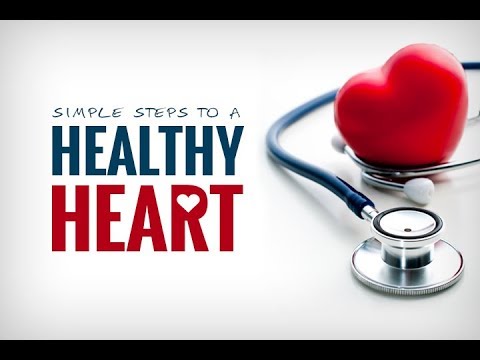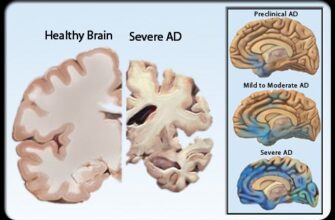In the perpetual quest for improved well-being, we often seek complex diets, strenuous exercise routines, or the latest pharmaceutical breakthroughs. Yet, sometimes, the most profound advancements arrive wrapped in startling simplicity. Recent scientific inquiry suggests that one of the easiest, most accessible ways to bolster your cardiovascular health might just involve an action you already perform multiple times a day: standing up.
The Sedentary Trap and a Glimmer of Hope
For years, health professionals have cautioned against the perils of a sedentary lifestyle. The omnipresent desk job, the comfortable couch, and the pervasive digital screens have conspired to keep us seated for extended periods. This prolonged inactivity is widely linked to an increased risk of heart disease, diabetes, and even premature mortality.
However, new research from the University of California, San Diego, published in the esteemed journal Circulation, offers a subtly different, perhaps more manageable, perspective. It`s not just about cutting down your total sitting time – a commendable but often challenging goal – but rather about how you break up that sitting time.
The Study: A Stand-Up Revelation
The Californian researchers embarked on an insightful experiment involving post-menopausal women, a demographic particularly susceptible to cardiovascular issues. Participants, all of whom were overweight or obese, were divided into three distinct groups:
- Control Group: Received standard health advice.
- Reduced Sitting Group: Encouraged to simply sit less overall.
- Frequent Standing Group: Tasked specifically with increasing the frequency of their standing breaks, regardless of their total sitting duration.
After a three-month observation period, the results from the “Frequent Standing Group” proved most compelling. These women, on average, increased their daily standing events by an impressive 25 times. This seemingly minor behavioral tweak yielded a measurable benefit: a 2.24 mmHg reduction in diastolic blood pressure compared to the control group. While this figure might appear modest – clinical significance typically begins at a 3-5 mmHg drop – it represents a positive shift, especially when considering the cumulative impact over time and in a population already at risk.
It appears the body appreciates the dynamic shift, the subtle engagement of muscles, and the brief recalibration of circulation more than a simple reduction in chair-time. Perhaps our physiology is less concerned with the minute-by-minute tally of our posterior`s contact with furniture and more with the regularity of our vertical aspirations.
The Mechanics Behind the Movement
Why might such a simple act have an effect? The researchers posit that frequent standing likely contributes to improved blood circulation. When you stand, your leg muscles engage, helping to pump blood back to the heart and reduce venous pooling. This reduces the strain on the cardiovascular system, potentially leading to a slight but consistent reduction in blood pressure. It`s a gentle, non-pharmacological intervention that works in concert with the body`s natural mechanics.
Interestingly, the study noted no significant changes in blood sugar levels within this short timeframe. The authors acknowledge this and suggest that a longer observation period might be necessary to detect such metabolic shifts. Indeed, the research team is already planning a follow-up study involving a broader demographic, including elderly men and women, with extended monitoring periods – a promising step towards understanding the full scope of this “stand-up” strategy.
Beyond the Numbers: The Practical Takeaway
The beauty of this finding lies in its profound simplicity and accessibility. You don`t need a gym membership, specialized equipment, or a complicated regimen. The intervention is literally at your fingertips – or, rather, at your feet. For those trapped in demanding desk jobs, or anyone grappling with the inertia of modern life, the message is clear:
- Set Reminders: Use an app, a smart watch, or even a simple kitchen timer to prompt you to stand up every 30-60 minutes.
- Micro-Breaks Matter: A 1-2 minute stand is sufficient. Stretch, walk to the water cooler, or simply shift your weight.
- Embrace the “Fidget”: Don`t just sit still. Shift, squirm, stand, stretch – any movement is better than none.
While the path to optimal cardiovascular health is multifaceted, involving diet, exercise, and sometimes medication, this research adds a refreshingly simple, yet impactful, arrow to the quiver of preventive strategies. It reminds us that sometimes, the most effective “biohacks” are not exotic or expensive, but rather fundamental movements we`ve temporarily forgotten to integrate into our daily rhythm.
So, the next time you find yourself deeply entrenched in your chair, consider this: a small, intentional rise could be a quiet revolution for your heart. It`s a reminder that even the simplest actions can contribute significantly to a healthier, longer life. And who wouldn`t want to stand for that?








